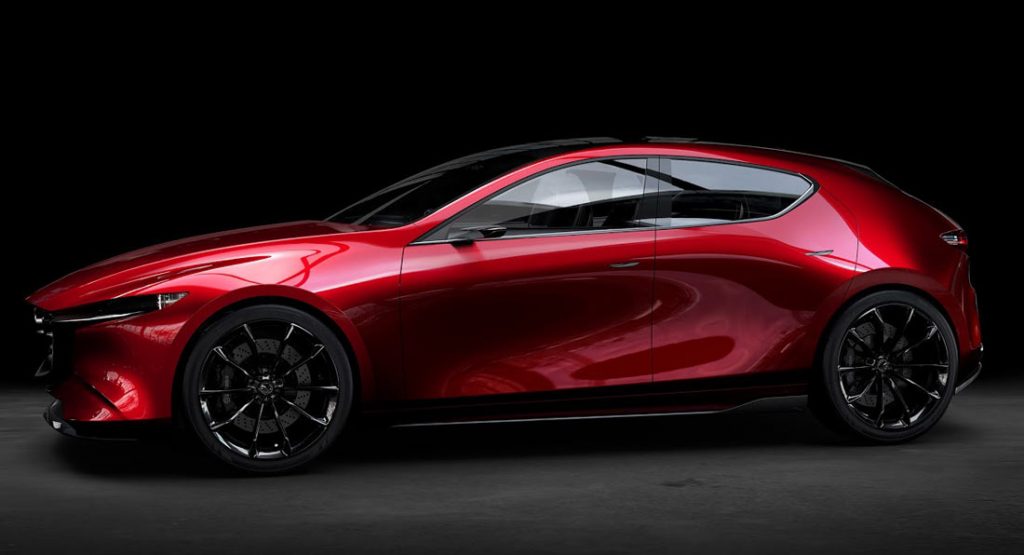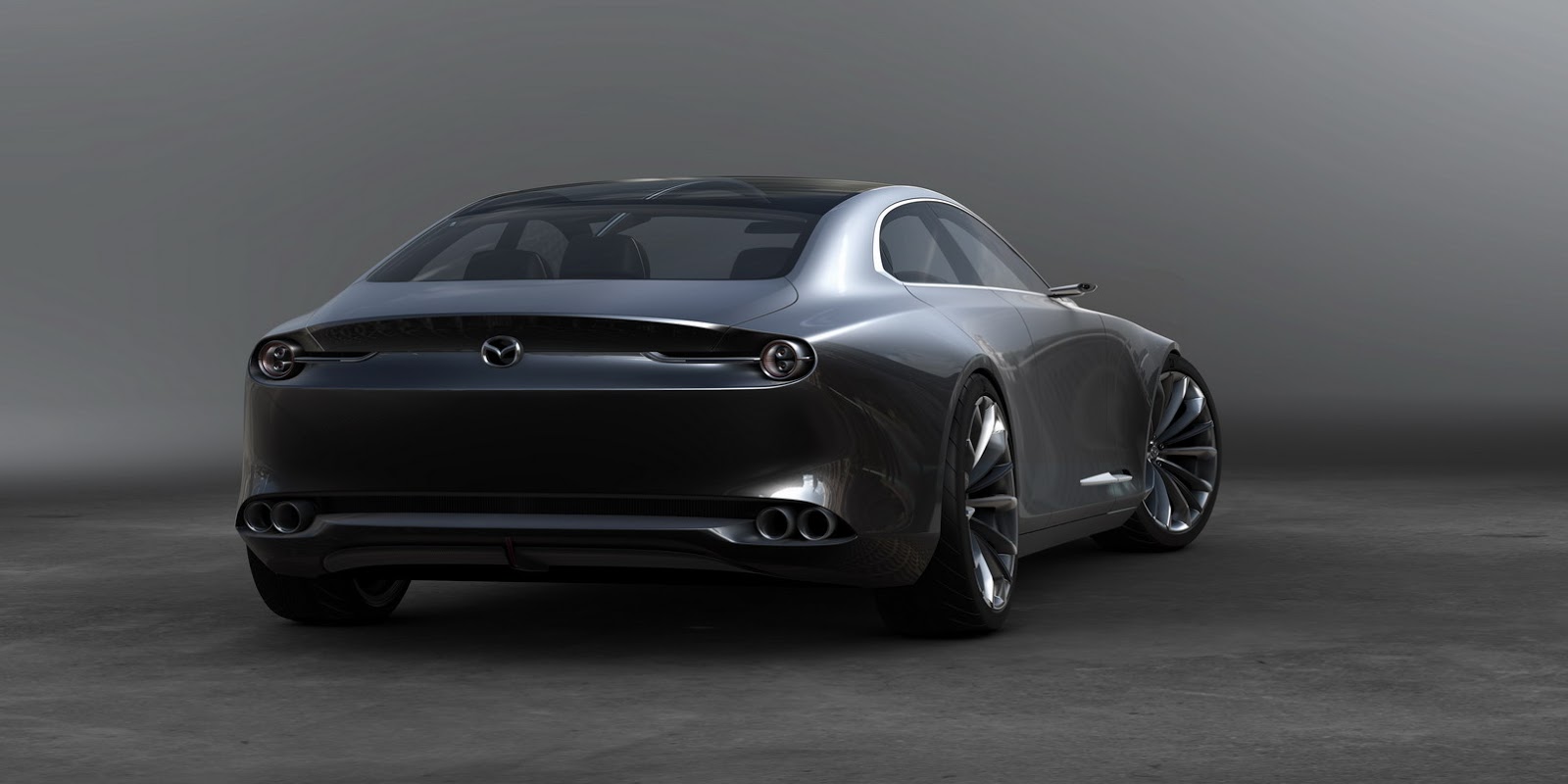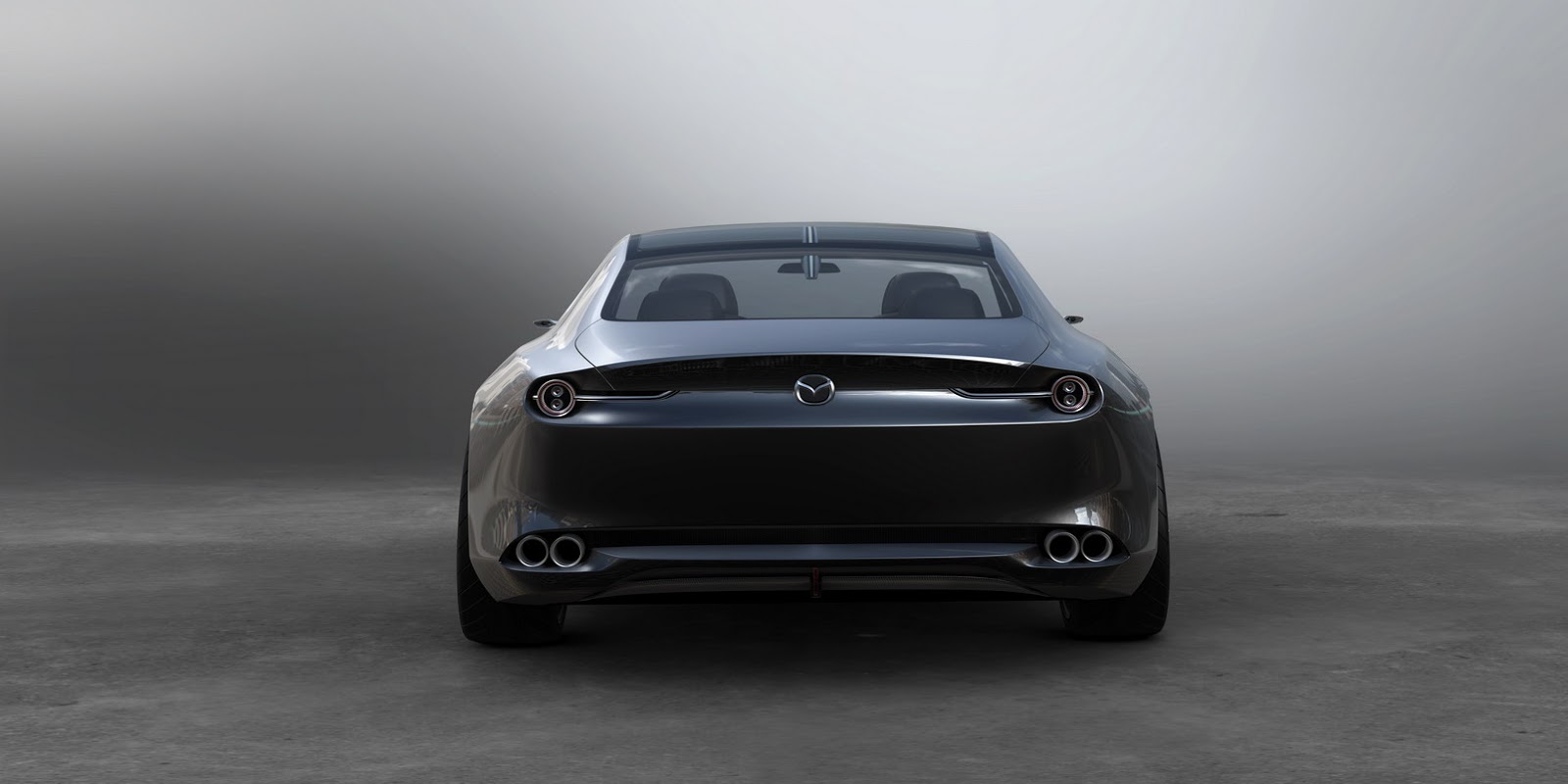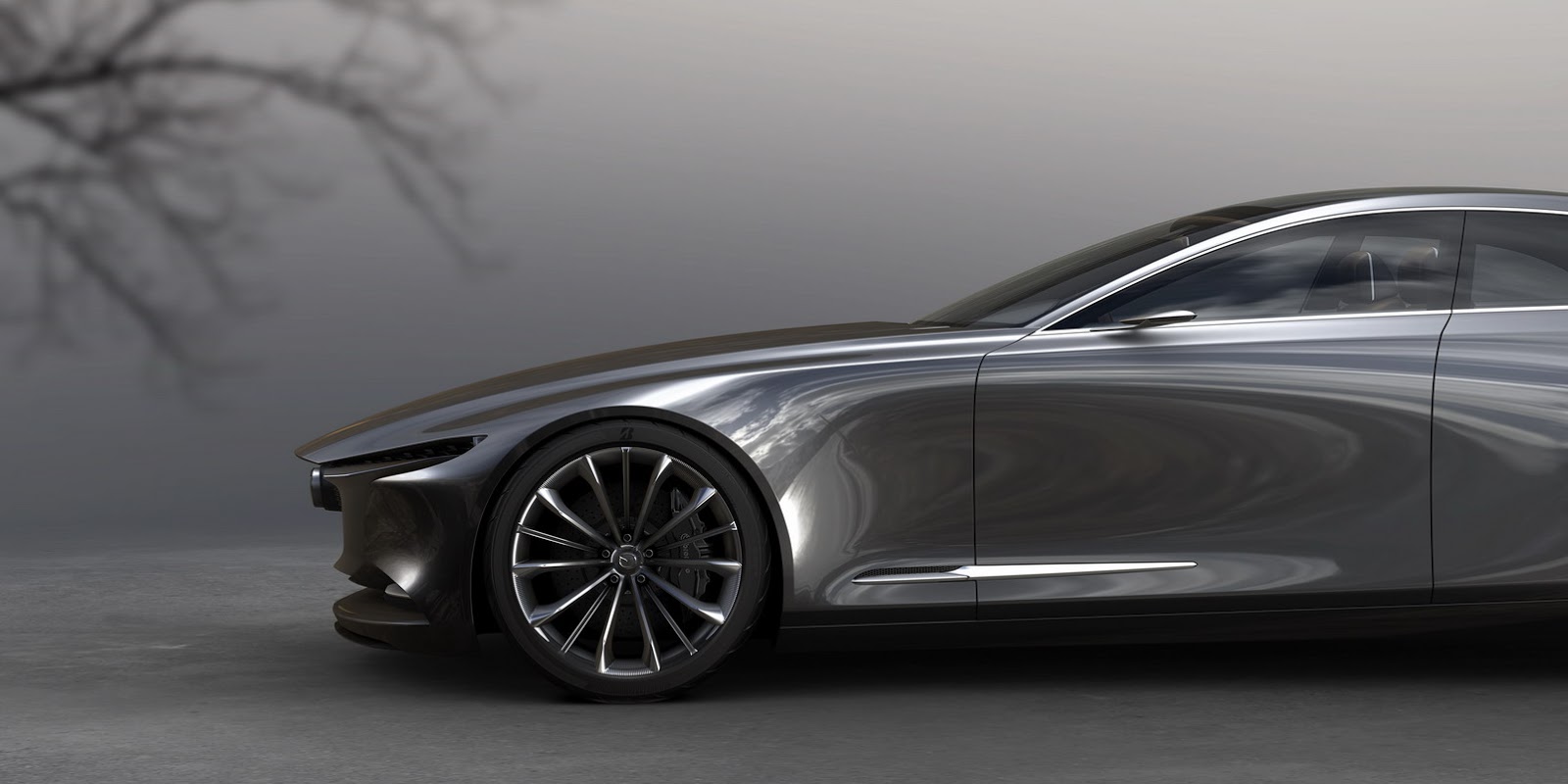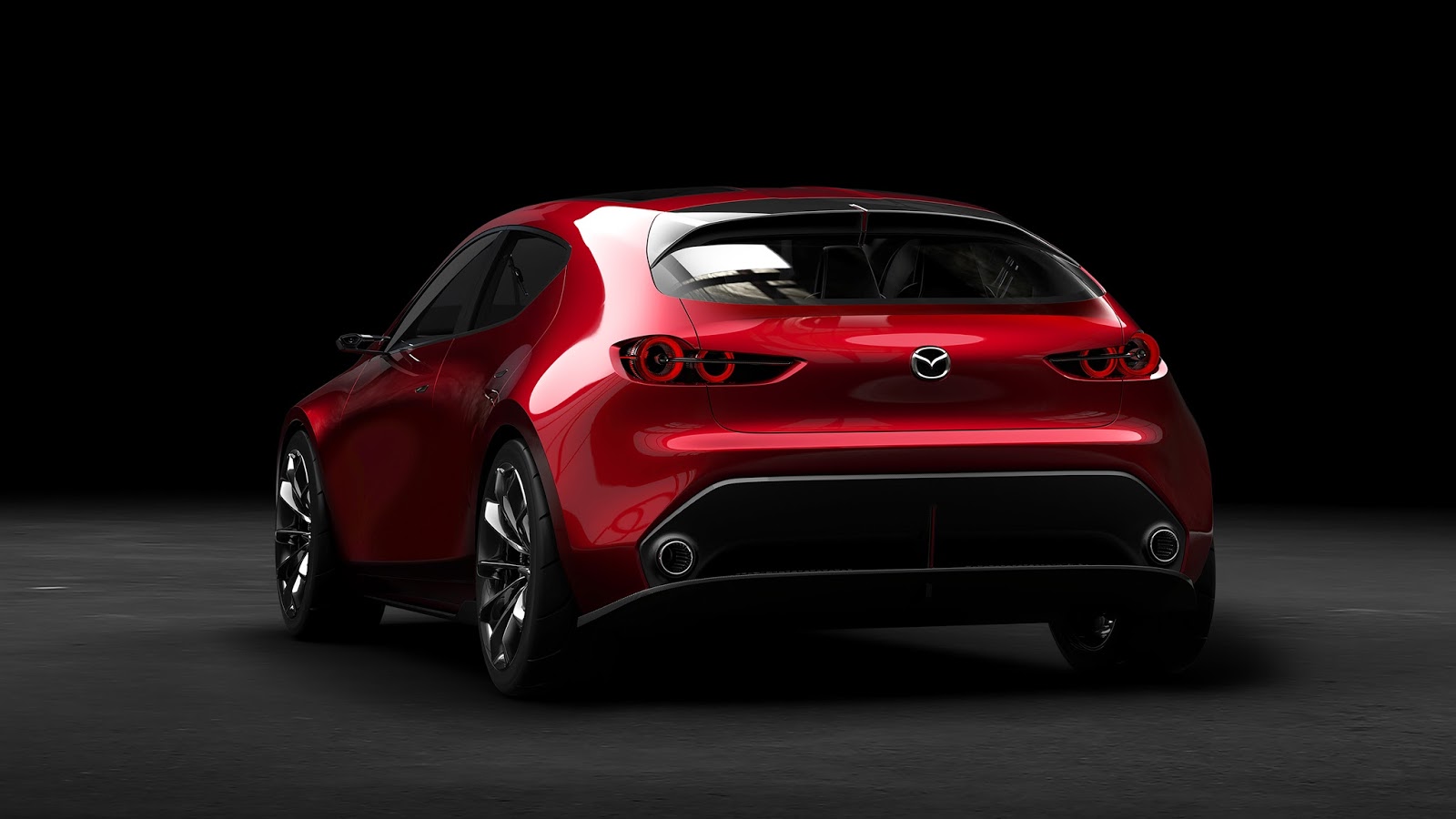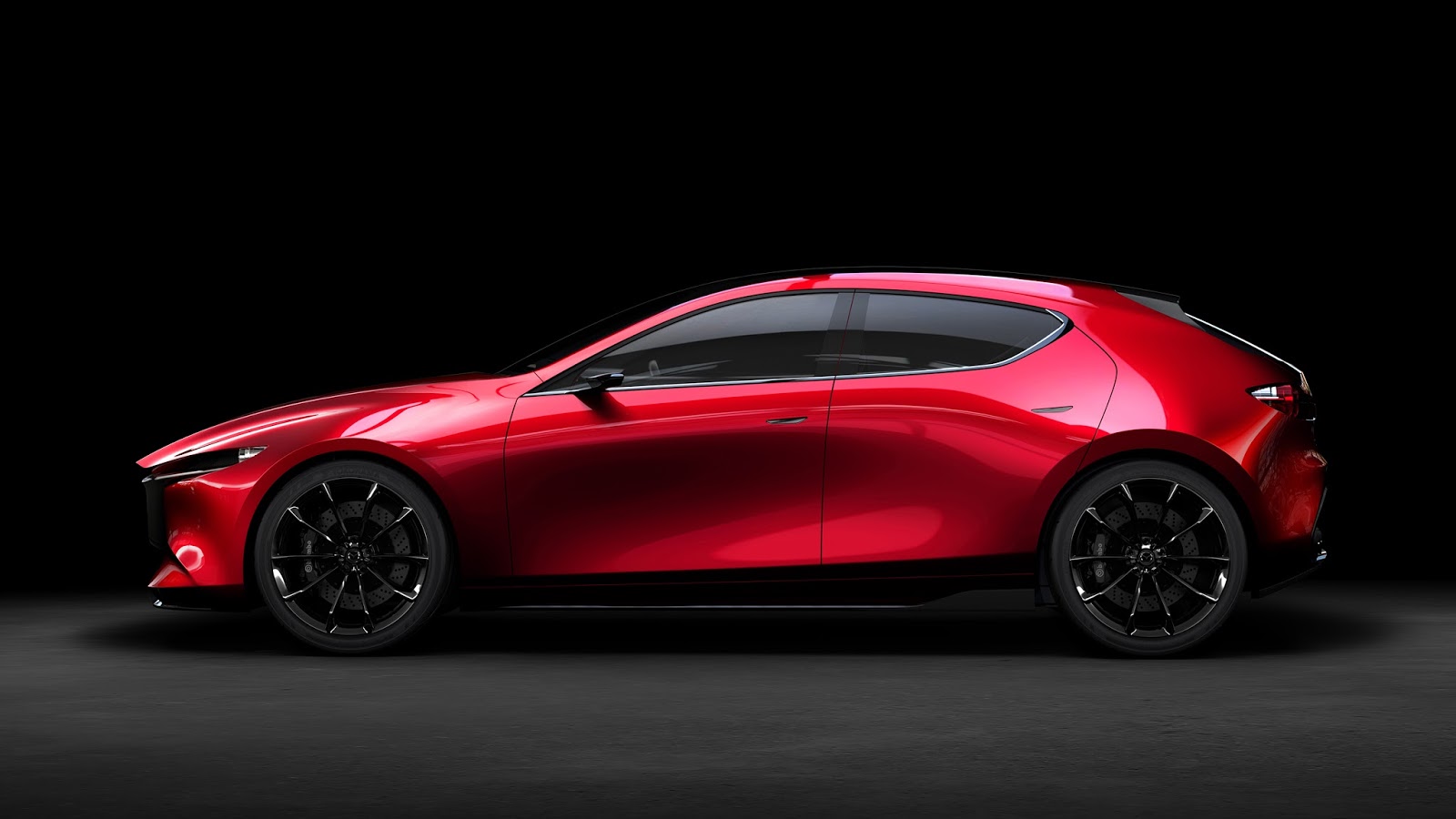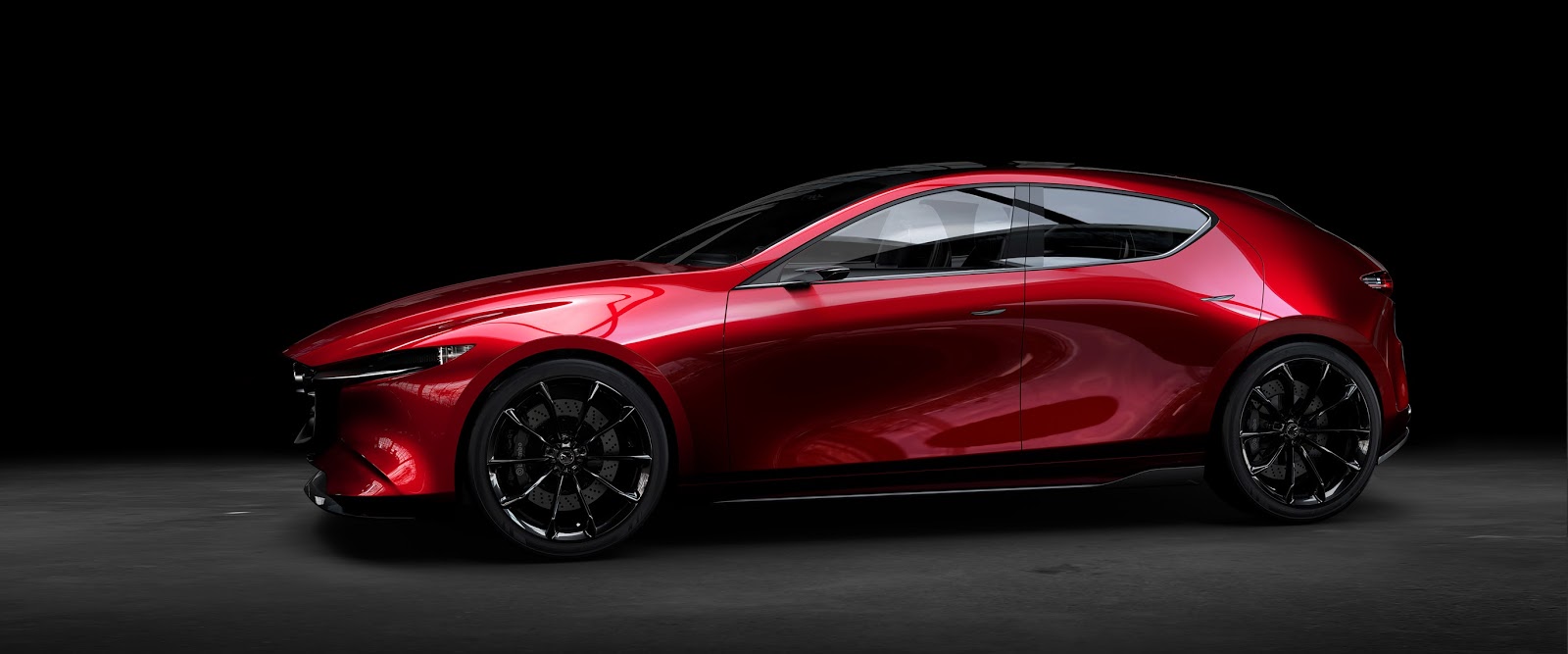Mazda’s latest design language, set to premiere on a production vehicle next year, forced the Japanese marque to break with tradition and approach styling from a different perspective.
Ordinarily, Mazda uses clay models when crafting its designs, but more recently, it’s been using digital designers much more heavily to create complex shapes and sculptural body panels.
Speaking to Automotive News, Mazda’s creative design expert Takahiro Matsui said that the new language forced clay and digital designers to cooperate.
“This was the start of co-creation and competition. We had to work together but also battle against each other,” said Matsui.
The first result of this closer relationship was the Vision Coupe, unveiled at the Tokyo Motor Show in October. Mazda’s designers spent two years crafting the concept, one dominated by flowing surfaces that offer complex reflections and evoke emotion unlike Mazdas of the past.
Achieving this wasn’t easy, Matsui admitted. In fact, the marque was frequently tweaking the curve radius of body panels, sometimes by as little as 0.01 mm to create the perfect look.
“We have to control the surface down to that minute level to get the look that we want. This process requires a lot of time and energy.”
While Mazda is using technology to help create its future models more than ever, Matsui still believes clay models are superior and will remain pivotal moving forward.
“I still think clay is better. If we could only touch the digital model, then maybe we could win,” he said.
One of the first Mazda production models to feature the firm’s updated design language will be the new Mazda3, which will borrow styling cues from the Kai Inspiration Concept.



